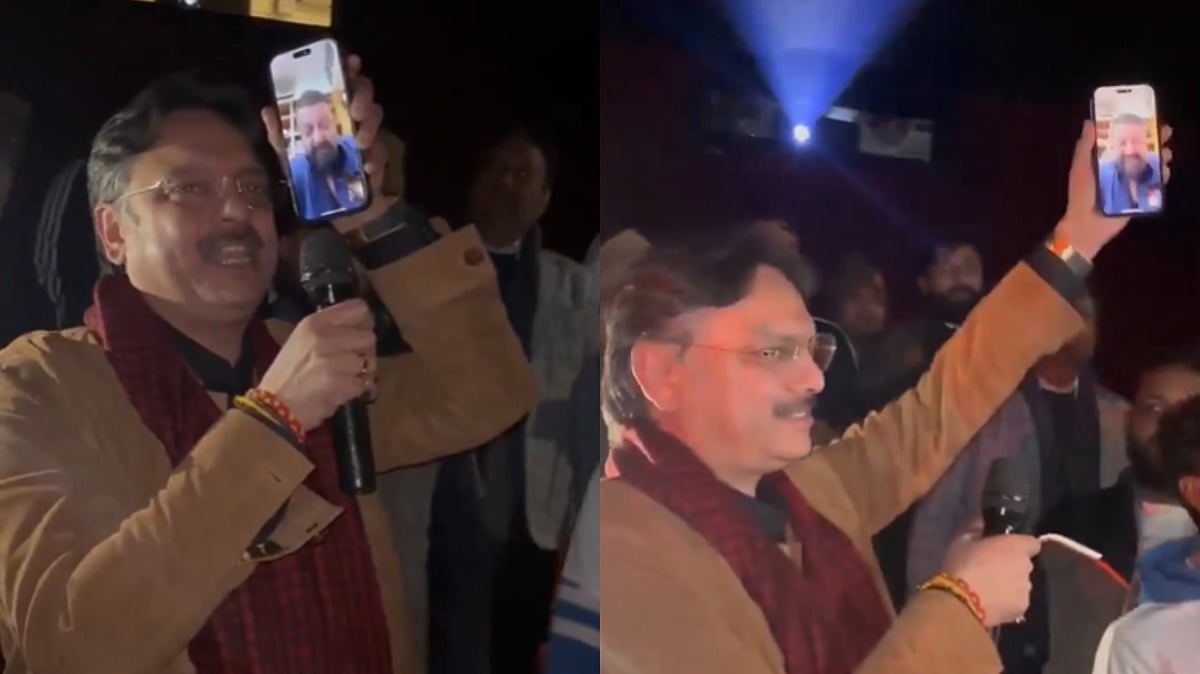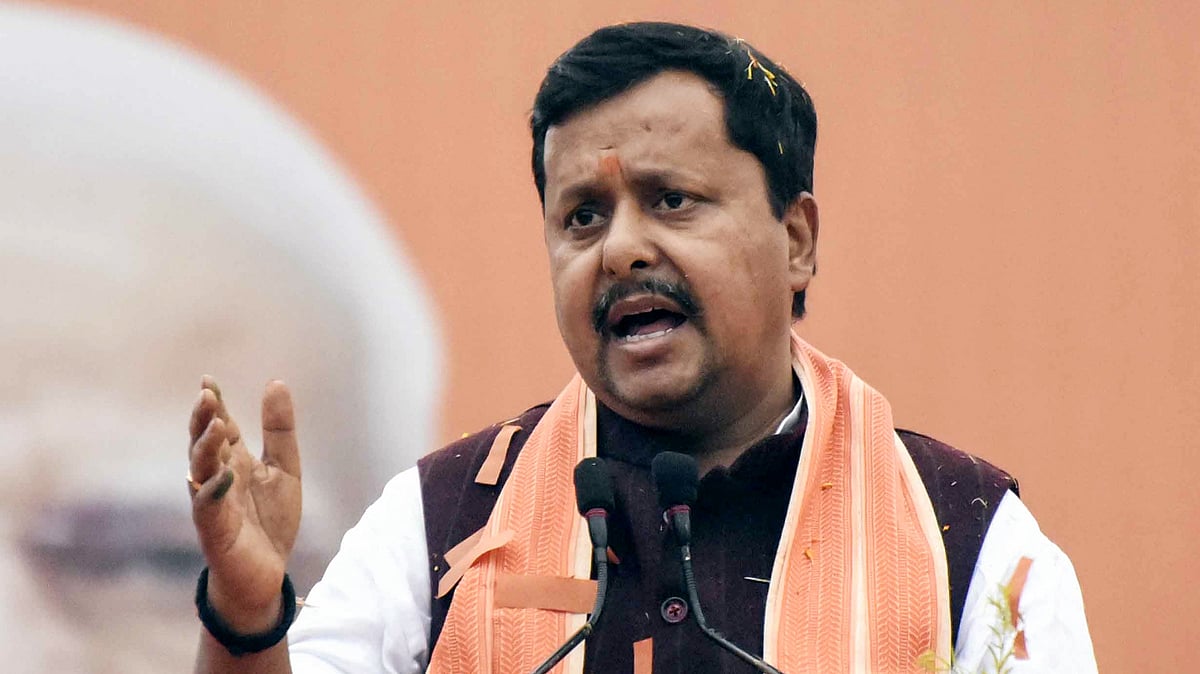India and China are two of the most populous countries with ancient civilisations. The mutual friendship between the two has a time-honoured history, which dates back 2000 years. The entire Indo-Chinese border (including the western LAC, the small undisputed section in the centre, and the McMahon Line in the East) is 4,056 km long and traverses through one Indian Union Territory, Ladakh, and four Indian states – Uttarakhand, Himachal Pradesh, Sikkim and Arunachal Pradesh. Among the neighbours of India, China occupies the most strategic position, particularly after China’s invasion of Tibet (which used to serve as a buffer zone between the two nations).
However, Chinese boundary claims defy logic. The emperor draws a line and his ministers intimidate or even go to war to annex whatever territory is within those lines and the Chinese people are forced to believe that these areas were historically a part of China.
The Indo-Chinese relationship has remained cordial throughout. In order to further strengthen this relation, an “Agreement on Trade and Commerce between the Tibet region of China and India” was signed on 29th April 1954 in Beijing by the Indian Ambassador N. Raghavan and Chang Han-fu, the Chinese Deputy Foreign Minister of China. It is remembered as the ‘Panchsheel Treaty’. The five major principles of this treaty were: 1. Mutual non-aggression; 2. Mutual non-interference in domestic systems; 3. Mutual respect for each other's territorial integrity and sovereignty; 4. Equality and mutual benefit; and 4. Peaceful co-existence. Panchsheel was promoted by China and India as an instrument for advancing their respective national interests in the mid-1950s. China, the originator of the five principles, sought to reassure neighbours who had developed misgivings about it during the Korean War, and to wean them away from the United States. The Treaty became very popular as can be expressed by the famous slogan “Hindi-Chini Bhai-Bhai”.
However, the logic of the Chinese line is still a delusion, for those outside of it. A boundary line became necessary in October 1950, when China occupied Tibet and became India’s neighbour. The traditional boundaries that existed between India and Tibet were clearly not logical to China and they proffered a series of lines to India in 1956, 1959 and 1961. The lines kept moving into India and led to the war of 1962.
Fast forward to current times and it can be seen that China has been consistent in defying the logic of the lines. After the Border Peace and Tranquility Agreement was signed between India and China in 1993, the process of LAC delineation commenced through Joint Working Groups and Experts Group meeting regularly.
India was the first non-communist country in Asia to establish diplomatic ties with the People’s Republic of China on April 1, 1950. But the plans for celebrating the 70th anniversary of the event have been hit by the coronavirus pandemic and affected perceptions and realities in ties. Many countries of the world, including USA, held China responsible for the origin and spread of the virus from a research laboratory at Wuhan. But, as of now, the Indian government has been careful not to blame China. China has tried to woo India by saying that it stands ready to share its experience in epidemic prevention and control and diagnosis and treatment, and provide further support and assistance. But there is likely to be some wariness in Delhi, based on the kind of Chinese assistance provided to a number of countries, including Italy, Czech Republic, and Spain, where even the testing kits sent from China showed faulty results. All the same, China’s role in the pandemic is likely to have a negative impact on Indo-Chinese relationship. If China had been transparent, the pandemic could have been tackled much more efficiently, and this is clear for all to see including India. It is also said that China also silenced the World Health Organisation (WHO) and other international organisations from raising concerns. WHO went one step ahead with its Director General Tedros Adhanom Ghebreyesus praising China for its “transparency” and added that China is a model to follow as far as the response to the virus management is concerned.
The China–India skirmishes have become an ongoing military stand-off between the two countries. Since 5th May, 2020, Chinese and Indian troops were engaged in non-lethal aggressive action, face-offs and skirmishes at multiple locations along the border. Skirmishes have taken place near the Pangong Lake in Ladakh and Nathu La Pass in Sikkim.
Incidents in Sikkim occurred in early May 2020 when the Chinese intruded into the Muguthang Valley and shouted to the Indian troops: “This (Sikkim) is not your land, this is not Indian territory...so just go back”. Most recent of them is the Eastern Ladakh incident, reported on 21st May 2020, that Chinese troops had entered the Indian territory in the Galwan River valley, citing objections to Indian road construction within (undisputed) Indian territory. A later report on 24th May said that the Chinese soldiers had crossed into Indian territory at three places. At each of these places, around 800-1000 Chinese soldiers are reported to have crossed over for about 2-3 km, pitching tents and deploying heavy vehicles and monitoring equipment, not very far from the Indian side. The Indian troops have also been deployed in the area at a distance of 300-500 metres. Amid the standoff, India has moved an additional 12,000 more workers to the region to help in completing Indian road projects.
The First round of talks was held on 6th June 2020 between Military commanders of India and China to resolve the month-long border standoff in Eastern Ladakh. The talks were held at the Border Personnel Meeting Point in Moldo on the Chinese side of the Line of Actual Control (LAC), opposite the Chushul sector of Eastern Ladakh. In this meeting, India sought restoration of status quo as in April 2020 end. India also asked China to reduce their mobilization near the Galwan valley. The Chinese side headed by Major General Liu Lin, Commander of South Xinjiang Military Region of the People’s Liberation Army (PLA), asked India to stop its road construction. However, India defended its stand saying that the construction is taking place inside the LAC.
The people of India, at large, want peace and safety in our country. They expect that the sovereignty of the country remains intact and that our country’s borders are well guarded. The people also expect that our government keeps us well informed about the prevailing situation at the borders and within the country. The government must act democratically and involve all political parties and, above all, people of India in major decision-making processes.
There must be utmost transparency and government must feel answerable for all its actions instead of putting blame on past governments. People also expect that our information system (print and electronic media) must be independent and must not act under government pressure and must not provide false or twisted information.
Way back in 2017, former Defence Minister Mulayam Singh Yadav had said that the country faces the "biggest" threat from China, claiming that it is plotting to attack India in collaboration with Pakistan. “I have been cautioning the Central government for many years. None paid attention. China has joined hands with Pakistan. It has made a full preparation to attack India. China is India’s biggest opponent. What has the government done?”
We Indians, in general, are peace loving people and want a solution for international disputes through diplomatic means. War, in any form, is not good for any country and must be only as a last resort.
In view, both Houses of Parliament must be convened to threadbare discuss the issue for resolution.
The writer is Former Advisor, Externally Aided Projects and Founder, UPNRI Department & Metro Rail Projects. He is Member Legislative Council of UP from Samajawadi Party.









